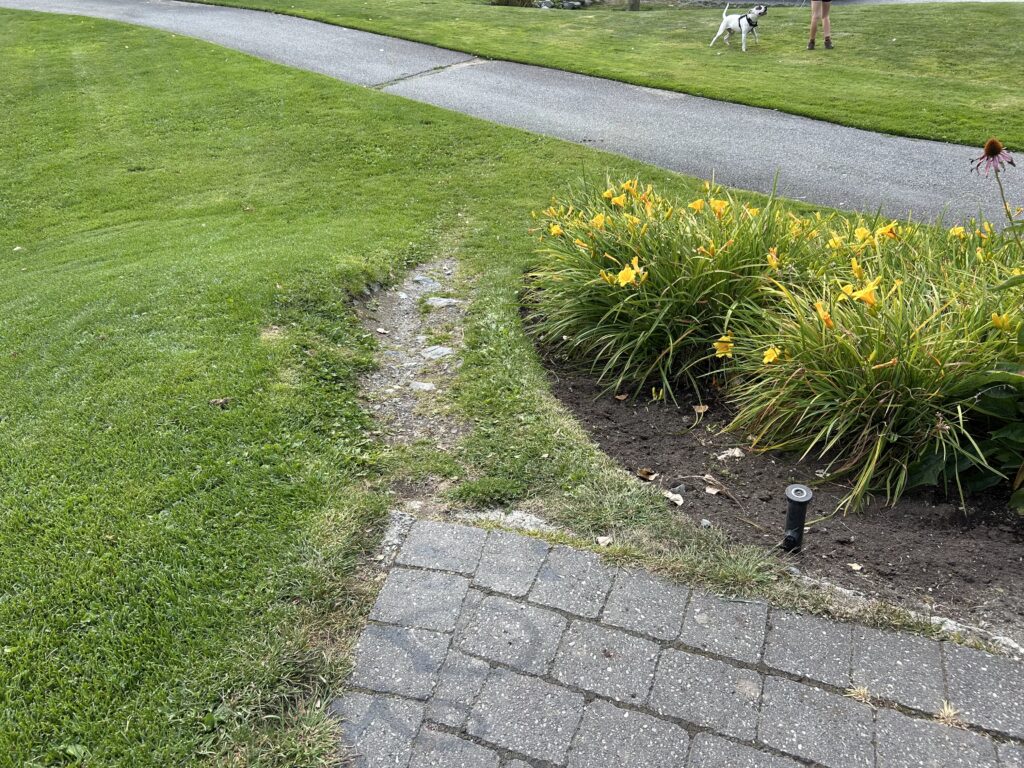
Desire paths acknowledge that the existing curriculum will not work for all learners. Every learner moves through a learning environment in a unique way, and if the environment is not designed to allow this flexibility, it can create friction or barriers to success.
A Desire Path Pedagogy offers multiple invitations, ways of engaging in teaching and learning, absorbing information and demonstrating learning in order to increase interest, motivation, or engagement within the aims of a course/context. This acknowledges that learners have different environments, different pacing and different modes of expression. In doing this, it allows learners to “make the road by walking” (Freire in Horton & Freire, 1990) and forge their own learning paths.
The concept of desire paths or desire lines comes from urban architecture, where it refers to the paths worn over time by the feet of walkers, often contrary to the paved or designed walkways. These paths indicate the wishes of walkers. Urban designers can choose to respond to such paths in two ways: create barriers to block off these routes and prevent “illicit” walking or respect the desires of walkers and incorporate them into the design (Bramley, 2018). A desire path pedagogy treats learners as codesigners and honours their desires and values it as a type of pedagogical knowledge.